HarmonyOS
HarmonyOS DevEco Studio 2.1 Beta 4 released with HarmonyOS SDK 2.1.1.20
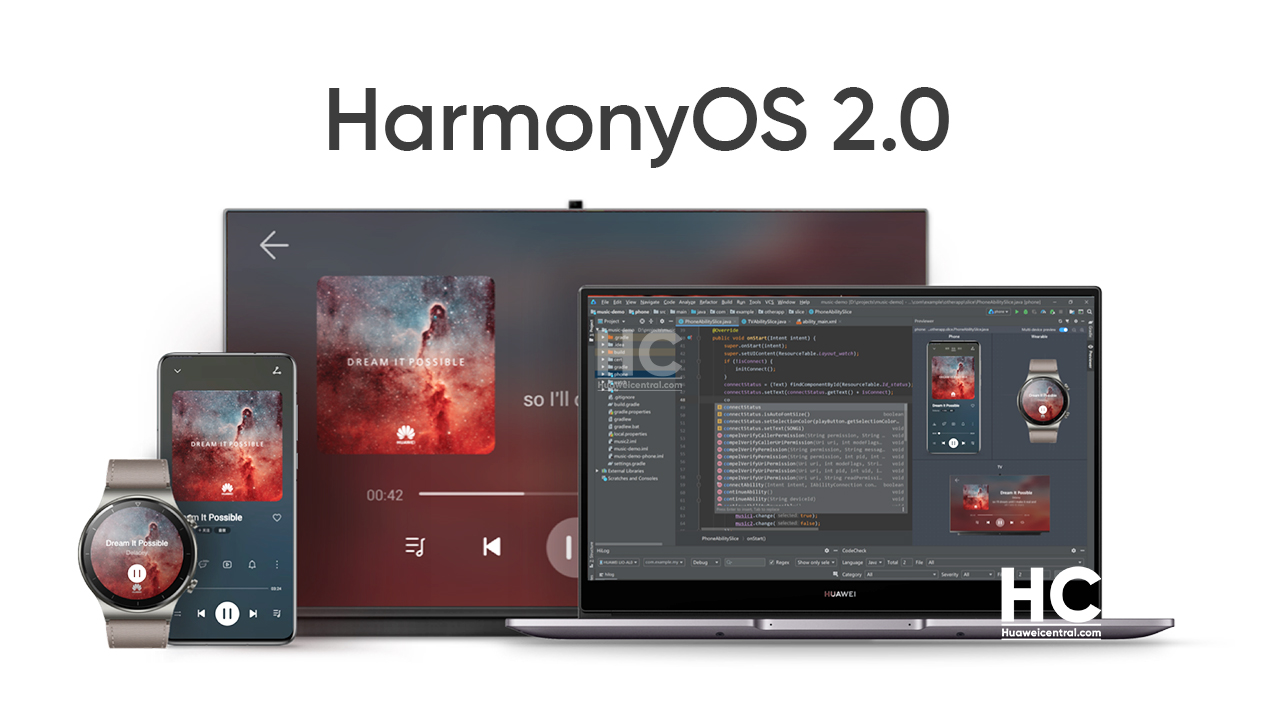
For the development of HarmonyOS, the developer needs an all-in integrated development environment that is Huawei DevEco Studio. It provides a full scenario and multiple devices with project template creation, development compilation, debugging, and more.
Alongside HarmonyOS 2.0 developer beta update, Huawei is also continuously improving and adding new capabilities in Huawei DevEco IDE for developers to create something amazing.
In the past, Huawei has delivered three beta versions. Now, the company has released one more beta update Huawei DevEco Studio 2.1 Beta 4 that comes with new services and changes over its predecessor.
New Changelog:
- Added service card development
- Provides code obfuscation function
- Fixes the problems
- Updates the HarmonyOS SDK to version 2.1.1.20
Download link: DevEco Studio 2.1 Beta 4
Feedback link: Developer.huawei.com
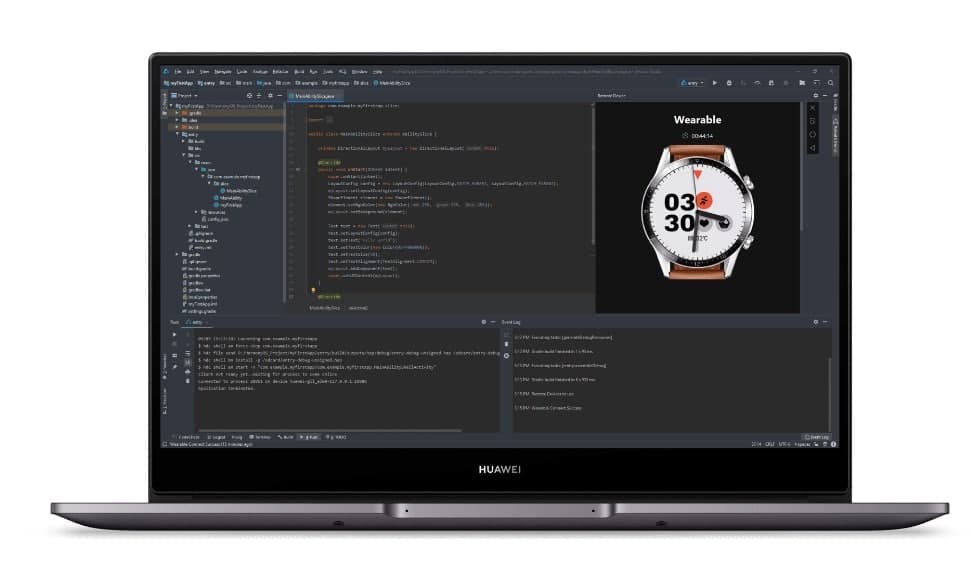
Let’s explore the new changes in detail:
Added service card development
Service card is the main form of information presentation of FA. Developers can display the FA data that users care about most in the card, and can open FA directly by clicking on the content of the card.
DevEco Studio 2.1 Beta 4 service card provides multiple types of templates. Developers can flexibly choose templates according to the type of information they need to display, and quickly build service cards.

Provides code obfuscation function
Use the ProGuard tool (ProGuard is an open-source Java code obfuscator) to obfuscate the source code of the Java files in the project. Use short and meaningless names (such as a, b, c, etc.) to reiterate classes, fields, and methods. name. While effectively reducing the size of the application, it also increases the difficulty of decompilation and protects the source code.
In DevEco Studio, the obfuscation function is turned off by default. If you need to turn on the obfuscation function, configure proguardEnabled to true in the module’s build.gradle file.
Fixes the problems
- Solve the problem that when configuring compileSdkVersion in the build.gradle script by means of public variables, the XML file under the layout may be red.
- Solve the problem that the value of package input is not automatically associated in the visual configuration interface of config.json
- Solve the problem of no input verification in the config.json visual configuration interface when there is a label for a required field in the form
- Solve the problem of DevEco Studio stuck when opening HVD Manager for login authorization if HVD Manager is closed without authorization after login
- Solve the problem that breakpoints cannot be entered when using Phone and Tablet emulators for Java debugging
- Solve the problem of automatic association and jump failure when the CSS file has a large amount of code (for example, 2000 lines)
- Solve the problem that after copying js pages in batches to the current project, the editor may fail to associate automatically
Also, check:
Huawei HarmonyOS 2.0 Developer Beta 3 added three new applications with cross-device features
HarmonyOS
TAILG launched new scooter with HarmonyOS
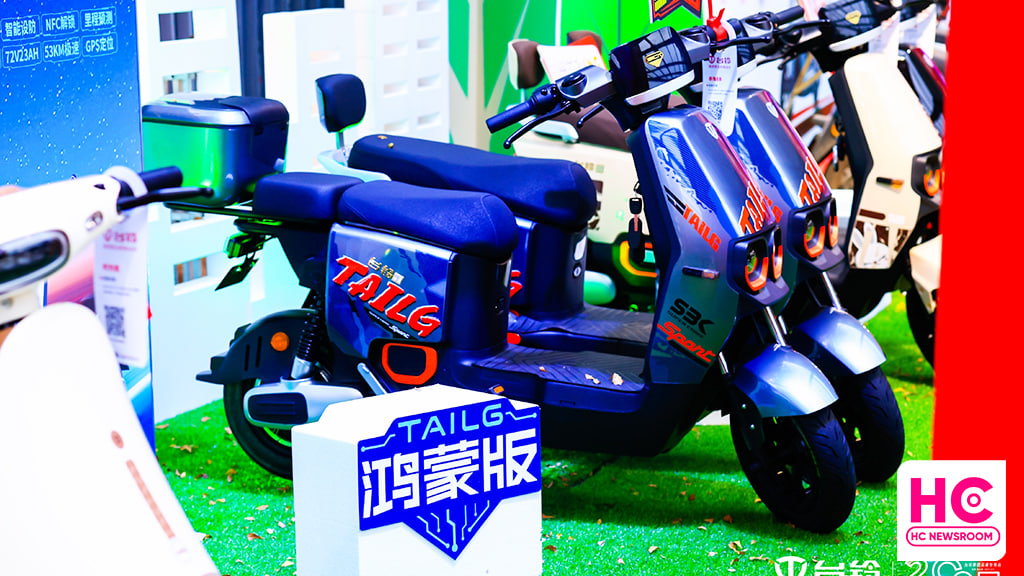
TAILG has launched a brand new electric scooter, which is powered by the HarmonyOS operating system and an all-around stylish look to provide a better experience for consumers.
It has a custom-made avant-garde handlebar, as well as an exclusive smart touch screen, which can display various driving data of the vehicle in real-time. It also equips with a variety of smart unlocking features, including one-key ignition.
The latest TAILG brings HarmonyOS features such as APP control, NFC unlocking, mileage prediction, smart fortification, and vehicle inspection. The TAILG HarmonyOS electric scooter packs a 72V23AH graphene battery, a 1000W cloud-powered motor, and a GPS positioning system.
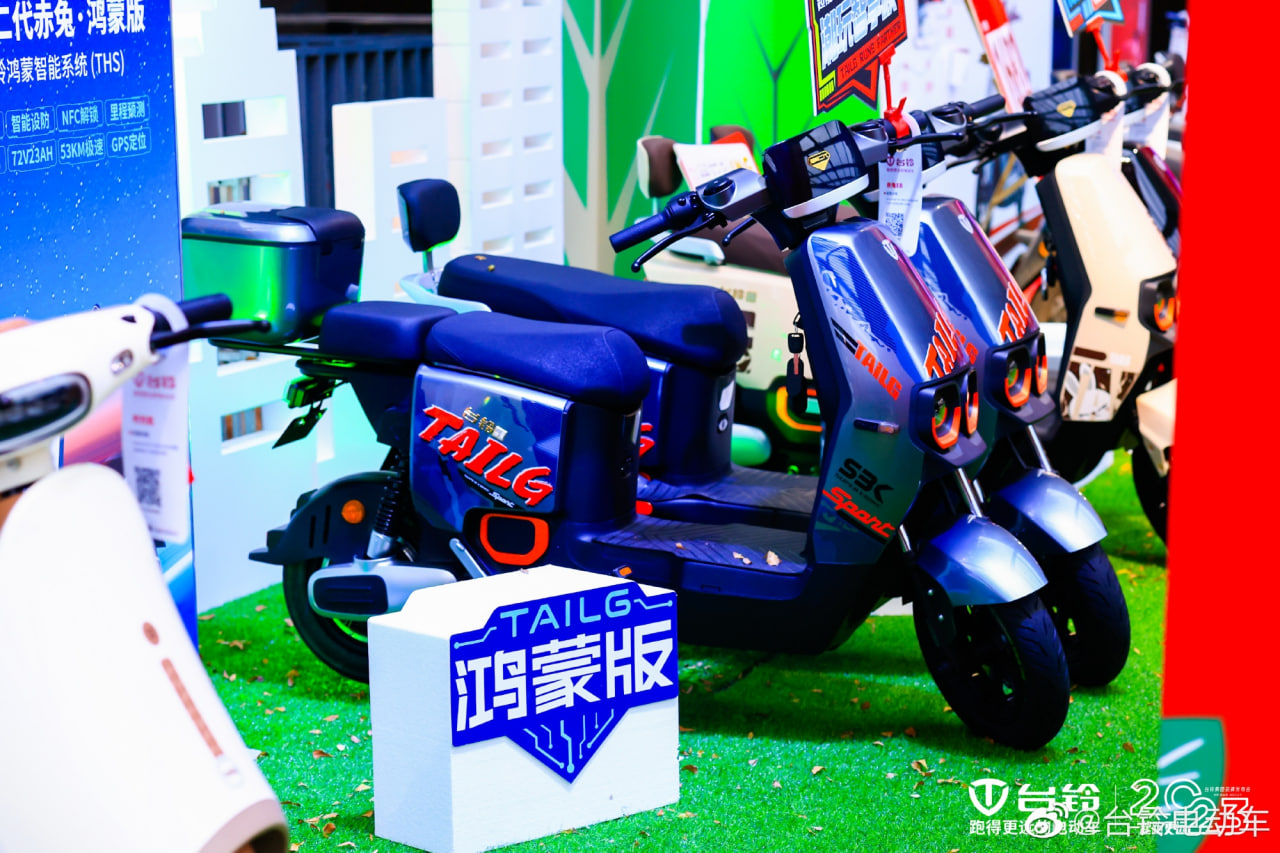
Looking at the price segment, the TAILG HarmonyOS scooter starts at 3899 yuan, and the high-end version is priced at 4588 yuan. This new electric scooter will be sold in offline stores across China.
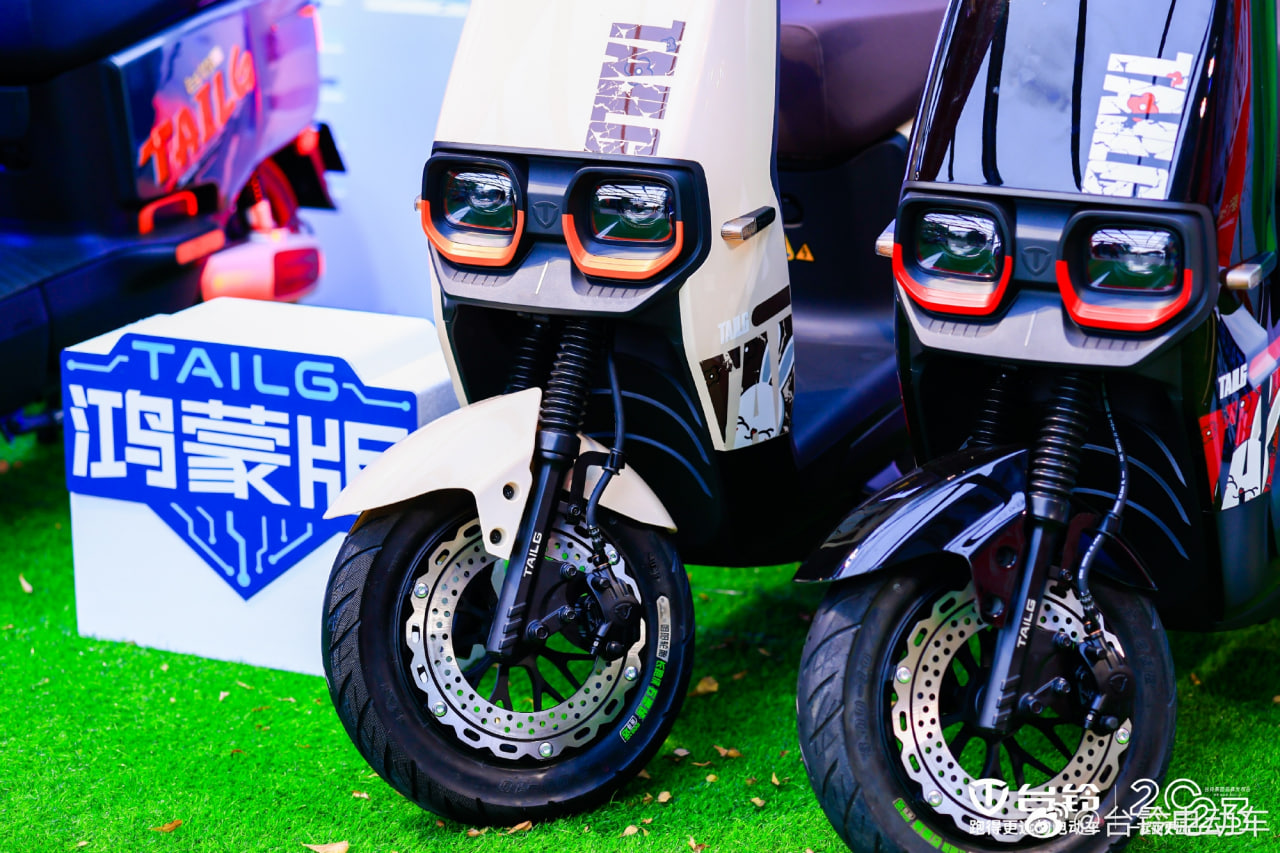
Last year in August, TAILG and Huawei announced cooperation to upgrade electric vehicles, the two companies will establish a joint innovation laboratory to conduct research on IoT and other technologies. This will also allow both firms to achieve technological advantages.
Established in 2004, TAILG is an enterprise specializing in R&D, manufacturing, sale, and service of new energy electric vehicles, Its products cover electric bikes, electric scooters, electric special bikes, electric tricycles, and other vehicles. It has an annual production capacity of 12 million vehicles and more than 30,000 stores exclusively in China.
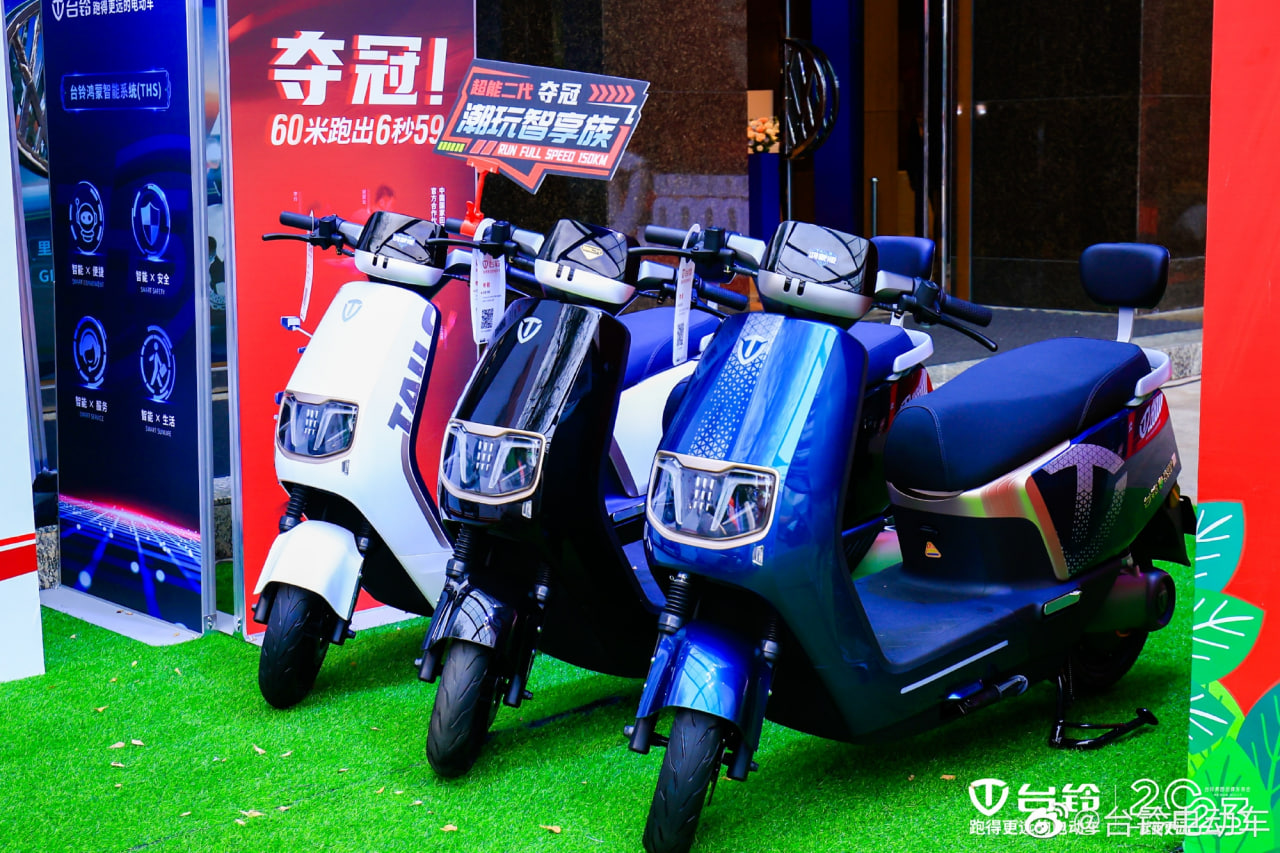
(via – Sina Tech)
HarmonyOS
HarmonyOS 3.1 Developer beta open for smartphone users
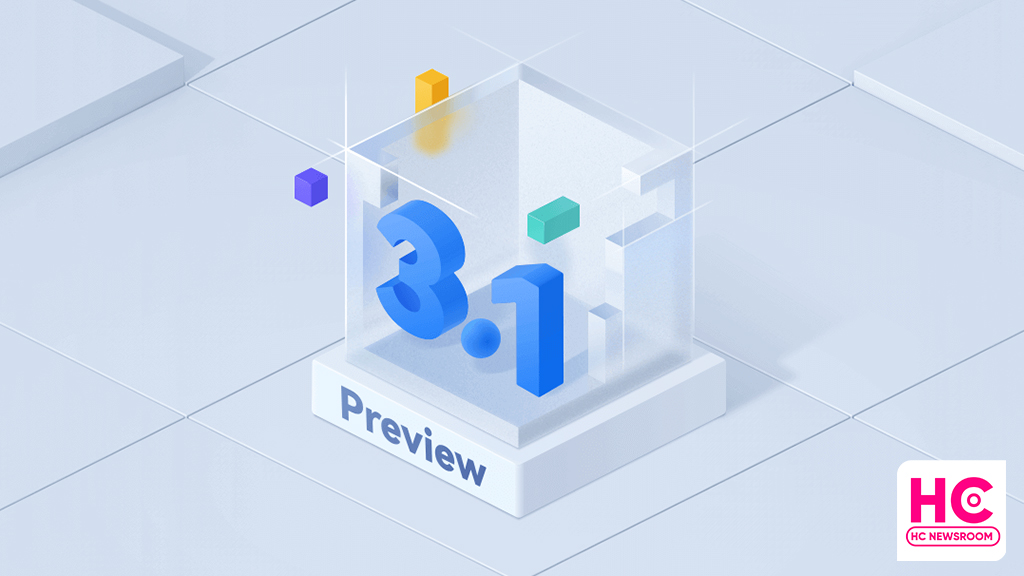
Today, HarmonyOS 3.1 developer preview testing is opened for smartphone users, this recruitment will enable developers to participate in the open beta activity with developer-only features directly into a real device.
According to the information, HarmonyOS 3.1 developer beta is currently being announced for the first phase of devices including Huawei P50 and P50 Pro. However, Huawei has confirmed to add more devices to the test pool later on. Also, a more friendly and subtle beta test is likely to begin in March.
To be mentioned, HarmonyOS 3.1 developer open beta recruitment is applicable until February 13, 2023. Afterward, Huawei will review the test applications. Selected testers will receive an email or SMS to download HarmonyOS 3.1 developer beta OTA rollout.
Also, this beta activity is available only for the Chinese models and only real authenticated accounts will pass the developer beta signup.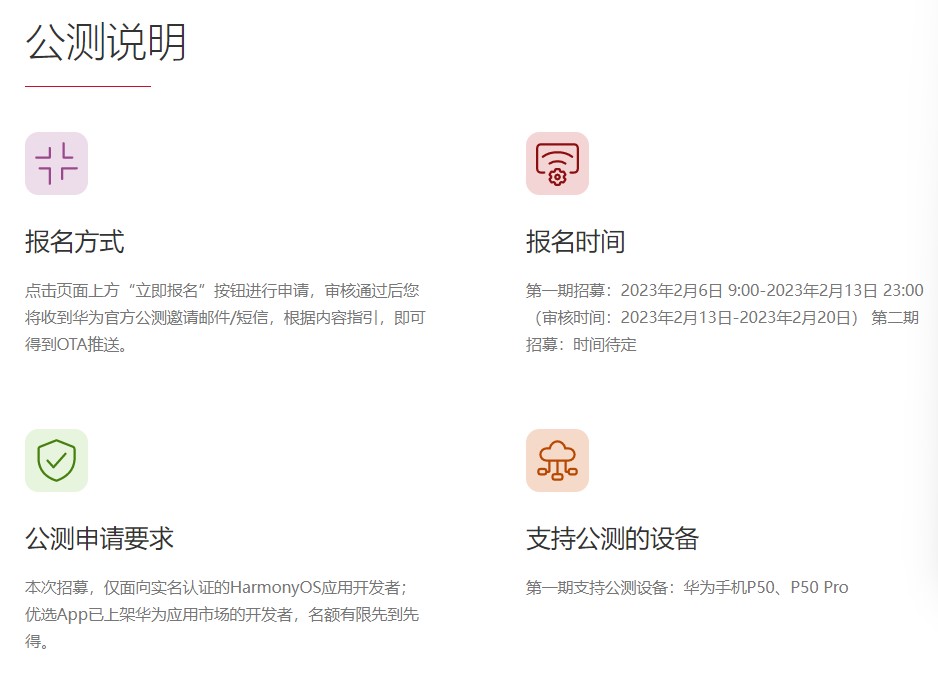
HarmonyOS 3.1 comes constructively adds a new ArkTS language, and with the latest public test, you will experience the improvements and efficiency of the app powered by ArkTS language, STage model, ArkUI, and more.
Below you can check the HarmonyOS 3.1 developer preview features:
- The ability framework adds a stage development model, including stage model life cycle management, scheduling, callback, context acquisition, authentication, and more. At the same time, the operation and management capabilities of the application are enhanced.
- The ArkUI development framework enhances the declarative Canvas/XComponent component capabilities, enhances component layout capabilities and state management capabilities, and optimizes the usability of some components.
- Application package management adds an interface for querying properties related to applications, ability, and ExtensionAbility.
- The common basic class library supports Buffer binary reading and writing.
- Web services add support for document preview and basic editing functions of document-type web applications, as well as cookie management and storage management.
- Added support for YUV, webp image codec, and other capabilities for graphics and images. Added native vsync capabilities, and supports self-drawing engines to independently control the rendering rhythm.
- Added camera configuration and preview functions in Media Services.
- The window service adds window-related interfaces under the Stage model, which enhances the window rotation capability and enhances the avoidance area query capability.
- The globalization service has newly added support for internationalization enhancement capabilities such as time zone lists, transliteration, and phone number attribution.
- The basic capabilities of common events are enhanced, and the commonEvent module is changed to commonEventManager.
- The resource management service adds a synchronization interface for resource acquisition, a new interface for querying resource values based on names, a new interface for querying number and float resource types, and a new way for Stage model resource query.
- Input method service adds input method cursor direction constant.

Android
First Android 14 Developer Beta announced, launch around HarmonyOS 4

Android 14 is the next software version for the Android ecosystem. On February 8, Google stepped ahead to begin the development of this major upgrade with the first developer beta.
Google has released the roadmap for the development, beta testing, platform stability, and the final release of Android 14, which reveals meet the launch of Huawei HarmonyOS 4 later in the second half of 2023.
The first developer preview is already out for the Pixel devices. However, Google could open early access to other smartphone makers such as OnePlus by April when the open beta campaign kicks off.
As mentioned by the Android company, Android 14 is projected to reach platform stability by the end of July. But there’s still a possibility of these milestone timelines to delay, similar to last year.

For your information, the Android 14 developer preview will be a very useful and early gift to the developer community. It will pave a way for the app devs to know more about the upcoming APIs and app features ahead of the final launch.
Looking into the developer preview features, Android 14 promises to improve productivity, enhances performance, improvements to security, and privacy, and bring new customizations.
Yes, there are new tweaks and changes made over Android 12, while there are more that will be visible as the development progress further. Throughout this phase, these developers (and later users) will help to fix bugs and make improvements to the Android 14 source code.
HarmonyOS 4:
Aside from the Android 14 developer beta, Huawei is preparing for the HarmonyOS 3.1 rollout but the company is working on HarmonyOS 4 as a major release for the next generation of Huawei devices. For now, there’s no official launch date available but we are likely to hear more on this at the Huawei Developer Conference (HDC) 2023 event.
HarmonyOS 4 promises big upgrades over HarmonyOS 3 and a major restructure in the user interface (UI). Nonetheless, we’ll keep you posted.

(source – Android)







